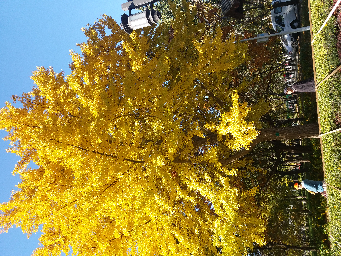
The Throne of the Great Mogul in Dresden 德累斯顿大亨的宝座: 巴洛克的终极艺术品
¥ 310 九五品
仅1件
北京通州
认证卖家担保交易快速发货售后保障
作者Wahrman 著
出版社Yale University Press
ISBN9780300251937
出版时间2023-03
装帧精装
页数376页
上书时间2024-07-02
- 最新上架
商品详情
- 品相描述:九五品
- 商品描述
-
出版社 : Yale University Press (2023年4月25日)
语言 : 英语
精装 : 376页
ISBN-10 : 0300251939
ISBN-13 : 978-0300251937
商品重量 : 612 g
尺寸 : 16 x 3.2 x 23.6 cm
页面参数仅供参考,具体以实物为准
●内容简介——
巧妙解读一件非凡的艺术品,揭示十八世纪的一些重大问题
大莫卧儿王座》(1701-1708 年)是欧洲的装饰艺术作品:莫卧儿王朝皇帝奥朗则布在其生日庆典上的宫廷微缩画。它由德累斯顿的珠宝商约翰-梅尔基奥尔-丁林格(Johann Melchior Dinglinger)创作,后被萨克森王子奥古斯都-斯特朗(Augustus the Strong)花巨资购得。它就像一个由金、银、数以千计的宝石和令人惊叹的珐琅工艺构成的舞台布景,由 164 件作品组成,共同讲述了一个详尽的故事。
丁林格为什么要投入如此多的时间和精力来制作这件作品?处于政治和金融危机中的奥古斯都为什么要购买它?珠宝商又为何在其中隐藏了与王子或大亨完全无关的信息?在回答这些问题的过程中,德鲁尔-瓦尔曼从微观历史到全球历史的尺度进行了转换,为我们打开了一扇通往这一时期主要历史主题的窗口:欧洲专制主义的本质、神圣罗马帝国的王室政治、艺术在西方意义的变化、东半球令人惊讶地出现了跨洲的统治者共享词汇,以及在珠宝和黄金中展现了有关全球史的古怪的当代理论。
A masterful deciphering of an extraordinary art object, illuminating some of the biggest questions of the eighteenth century
The Throne of the Great Mogul (1701–8) is a unique work of European decorative art: an intricate miniature of the court of the Mughal emperor Aurangzeb depicted during the emperor’s birthday celebrations. It was created by the jeweler Johann Melchior Dinglinger in Dresden and purchased by the Saxon prince Augustus the Strong for an enormous sum. Constructed like a theatrical set made of gold, silver, thousands of gemstones, and amazing enamel work, it consists of 164 pieces that together tell a detailed story.
Why did Dinglinger invest so much time and effort in making this piece? Why did Augustus, in the midst of a political and financial crisis, purchase it? And why did the jeweler secrete in it messages wholly unrelated to the prince or to the Great Mogul? In answering these questions, Dror Wahrman, while shifting scales from microhistory to global history, opens a window onto major historical themes of the period: the nature of European absolutism, the princely politics of the Holy Roman Empire, the changing meaning of art in the West, the surprising emergence of a cross-continental lexicon of rulership shared across the Eastern Hemisphere, and the enactment in jewels and gold of quirky contemporary theories about the global history of religion.
— 没有更多了 —










![[基础艺术] PRE-RAPHAELITES 拉斐尔前派 机械论风格主义绘画艺术](https://www0.kfzimg.com/sw/kfz-cos/kfzimg/8734671/2ced5a578507233e_s.jpg)









以下为对购买帮助不大的评价